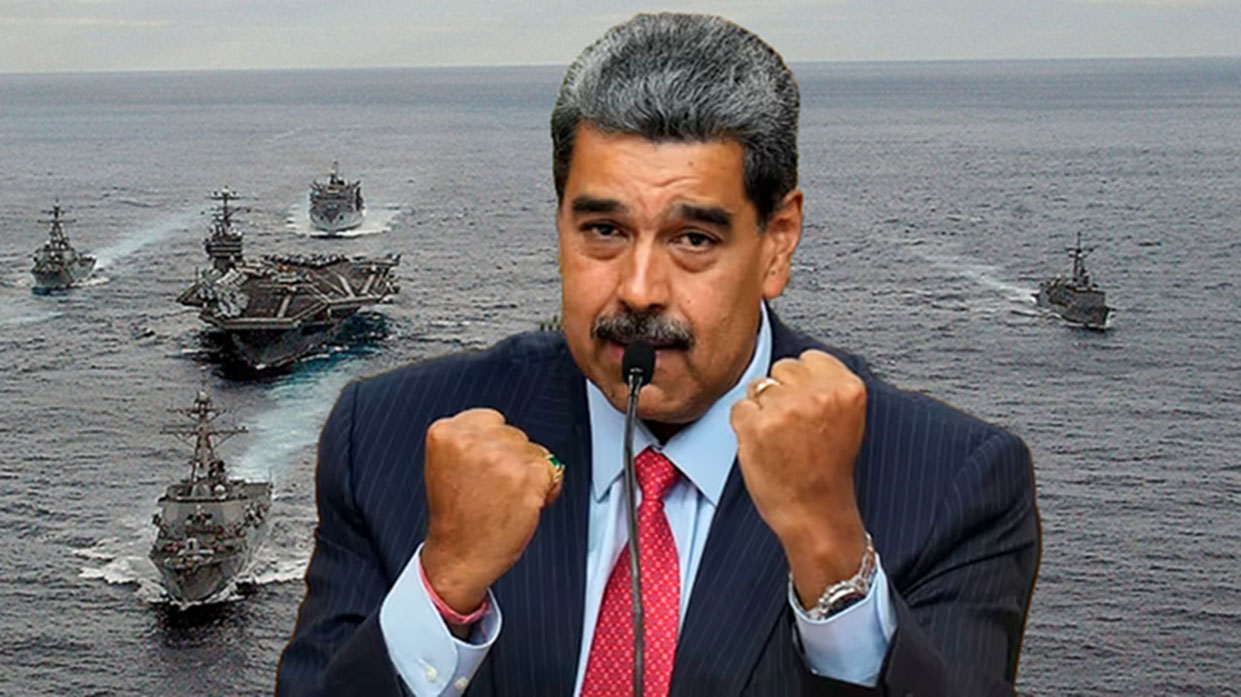Carlos Taylhardat | 3 Narratives News | September 14, 2025
Introduction
I navigated being part of a broken family with my first child. His mother and I had many difficulties, and the scars still shape me. We never married, and we stopped parenting together after he turned three. Today, with two teenagers in my second relationship, my wife and I often wonder how we’ve managed to hold together. We’ve faced differences, moments of near collapse, and yet a shared belief remains: parenting is our most important job.
Professionally, I worked with the Ministry of Children and Families in roles focused on protection and support—first in group home management, later in counselling. Over more than 15 years, I saw almost every side of family trauma and resilience. My Family Therapy professor, Dr. Larry Freeman, used to say:
“Everyone is the perfect parent… until they become one.”
In my early career, I thought I was that perfect parent—because I wasn’t one yet. Then came the humbling reality of being a parent in a broken family, navigating a maze of court battles, injustices, and painful situations. Today, I’m proud to be the father of two teenagers, 13 and 14, who have already exceeded my expectations. Like every parent, I keep my fingers crossed that this continues as they move through their teenage years.
So how do parents continue parenting when the relationship itself is broken?
The Scale of the Challenge
Separation is no longer unusual. In Canada, about 38% of marriages end in divorce by their 30th anniversary (Statistics Canada, 2023). In the U.S., the figure is higher: about 45% of first marriages and 60% of second marriages (CDC, 2022). Roughly one in four children in North America now live in single-parent households.
The impact on children varies:
- According to the American Psychological Association (2021), children of divorce are twice as likely to face academic and emotional difficulties compared to peers in stable families.
- Yet kids from high-conflict intact homes often fare worse than those whose parents separated but cooperated.
The lesson: it’s not separation itself, but how parents manage it, that shapes outcomes.
Separation Due to Violence
When separation follows violence—whether physical, verbal, or psychological—the priority is safety. Courts may issue restraining orders, supervised visitation, or mandate counselling.
For children, explaining why one parent is absent can be painful. Experts recommend age-appropriate honesty:
- Young children: reassurance that violence is never their fault.
- Older children: fuller context about why safety required separation.
The National Domestic Violence Hotline warns that children exposed to violence face higher risks of anxiety, PTSD, and repeating abusive patterns. Writing a pro/con list—your perspective versus your spouse’s—can help clarify decisions and communication.
Narrative 2: Separation “Because It Didn’t Work”
Sometimes there is no violence, just distance, betrayal, or loss of connection. Courts increasingly default to joint custody or 50/50 schedules unless one parent is unfit.
Challenges arise when new partners enter the picture, bringing new rules and parenting philosophies. One home may allow late-night gaming; the other bans it.
Dr. Joan Kelly, a leading divorce researcher, argues that “parallel parenting”—accepting differences while minimizing conflict—is often healthier for children than constant battles for control.
Narrative 3: Separation With Unequal Resources
Economic inequality is one of the silent stressors in post-separation parenting. Children in single-parent households are three times more likely to experience poverty (OECD, 2022).
This creates tension: one parent can afford trips and new gadgets, while the other struggles to cover rent. Children sense the disparity, sometimes interpreting it as unequal love.
The healthiest approach is transparency without burdening children: “Different homes have different resources, but love is the constant.”
Narrative 4: Separation Across Borders or Cultures
Global families face added complexity. Custody disputes can cross jurisdictions, with the Hague Convention on International Child Abduction providing the legal framework when one parent relocates abroad.
Beyond the legalities, children often straddle dual identities: language, religion, or cultural customs. When parents avoid weaponizing these differences, kids often become resilient cultural translators. But when identity becomes a battleground, children can feel fractured.
The Silent Story: Listening to Children
Courts, mediators, and parents often talk about children rather than with them. Yet studies show that children as young as 10 can meaningfully express preferences on routines and custody.
The overlooked truth is simple: children are not just passengers in separation. They are participants. Listening—without forcing them to choose sides—may be the single greatest gift separating parents can give.
Key Takeaways
- Separation is common: Nearly 4 in 10 marriages in North America end in divorce.
- Outcomes depend on management: Cooperative parenting predicts resilience.
- Violence cases require safety first: Courts and professionals must lead.
- Amicable separations still need structure: Parallel parenting reduces conflict.
- Money and culture matter: Disparities and dual identities shape children’s adaptation.
- Children’s voices count: Listening is as important as providing.
Questions This Article Answers
- What are the most common challenges children face after separation?
- How should parents explain violent separation to children?
- Is 50/50 custody always in the child’s best interest?
- How do money and culture affect post-separation parenting?
- Why should children’s voices be considered in custody cases?
Further Reading
- Parenting with Mental Health Support: Knowing When and How to Ask for Help
- War of Ukraine and Russia — Bad Call (not directly parenting, politicians have to circumvent conflict similarly to parents)



[…] Parenting After Separation: Four Narratives for Families in Transition […]